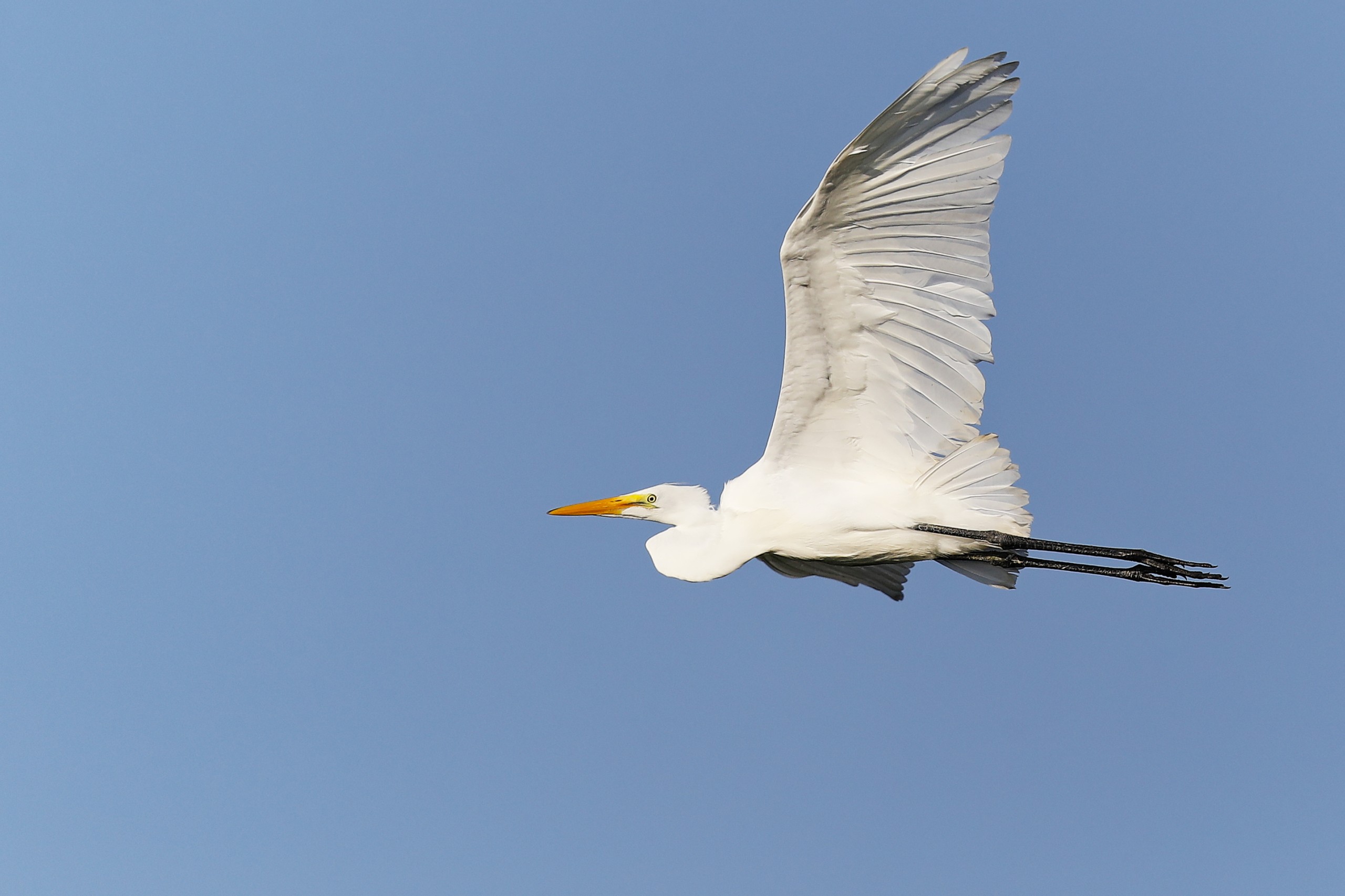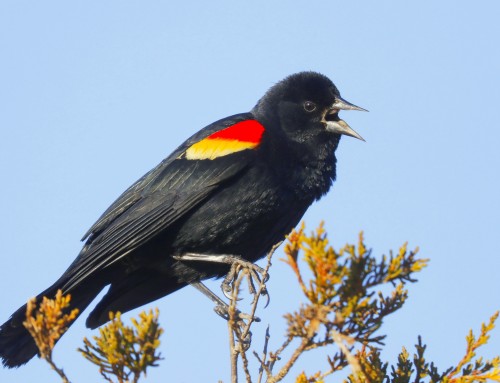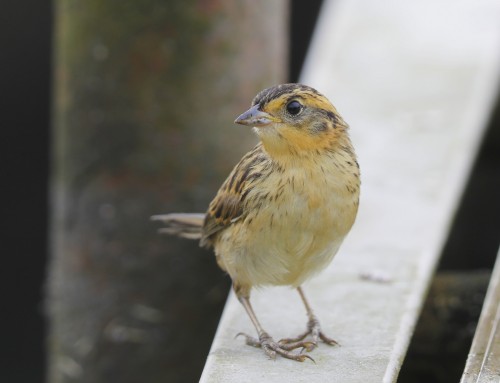During the summer breeding season, just after Great Egret chicks have fledged, adult Great Egrets on Cape Cod engage in several important activities near the nesting location:
1. Continued Care and Feeding of Fledged Chicks
– Feeding: Adults continue to provide food to their fledged chicks, often regurgitating fish and other prey items. This period is crucial for the chicks to gain the strength and skills needed for independent survival.
– Teaching Foraging Skills: Adults guide their fledglings to foraging sites and demonstrate techniques for catching prey. This hands-on learning is vital for the fledglings’ development.
2. Foraging and Hunting
– Intensive Foraging: To meet the high energy demands of feeding growing fledglings, adults engage in intensive foraging. They frequent nearby marshes, estuaries, and tidal flats where fish and other prey are abundant.
– Feeding Areas: Common foraging locations include salt marshes, tidal creeks, shallow coastal waters, and freshwater wetlands. These areas provide the necessary food resources to sustain both adults and fledglings.
3. Protection and Monitoring of Fledged Chicks
– Guarding: Adults remain vigilant in protecting their fledglings from predators such as raccoons, gulls, and birds of prey. They may display aggressive behavior to ward off potential threats.
– Monitoring: Even as fledglings become more independent, adults keep a watchful eye on them, ensuring they stay safe and continue to develop necessary survival skills.
4. Social Interactions
– Roosting: Adults and fledglings often roost together in communal groups during the night. These roosts provide safety in numbers and an opportunity for social interactions among the birds.
– Social Behavior: Interaction with other Great Egrets and possibly other wading bird species can be observed, as these communal roosts are typically shared.
5. Habitat Utilization
– Nesting Area Maintenance: Although active nesting has ceased, adults may still frequent the nesting area, contributing to its upkeep and ensuring it remains a viable site for future breeding seasons.
– Exploring Surrounding Areas: Adults may also begin to explore new potential nesting sites for the next breeding season, assessing habitat quality and availability.
6. Energy Conservation and Rest
– Resting: With the most intensive part of the breeding season behind them, adults take time to rest and recover. This period of rest is essential for regaining energy spent on raising chicks.
– Molting: Some adults may begin a molt, replacing worn feathers with new ones to prepare for the upcoming migratory journey.
7. Preparation for Migration
– Building Fat Reserves: In preparation for their migration southward, adults focus on building fat reserves. This requires increased foraging activity and efficient prey capture.
– Flight Practice: Although primarily foraging, adults also take opportunities to practice flying and maintain their flight muscles in preparation for migration.
In summary, after the chicks have fledged, adult Great Egrets on Cape Cod continue to play an essential role in the development and survival of their young, while also preparing themselves for the upcoming migration and ensuring the suitability of their nesting habitat for future breeding seasons.







Leave A Comment
You must be logged in to post a comment.